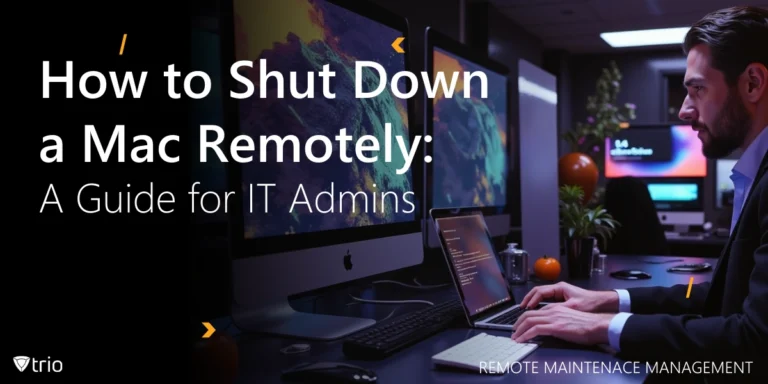The shift towards hybrid and remote work models necessitates a well-defined work from home agreement and policy. This policy not only ensures that employees understand their responsibilities and expectations but also helps organizations maintain productivity, security, and compliance. With remote work becoming a long-term strategy for many companies, it is crucial to establish a comprehensive remote work policy that addresses various aspects of remote work. By crafting a detailed remote work policy template, your organization can provide clear guidelines and support for its remote workforce.
Creating a Remote Work Policy Template
A robust remote work policy should cover critical elements such as eligibility criteria, work schedule expectations, equipment and technology requirements, security and compliance considerations, and employee onboarding and offboarding procedures.
-
Eligibility Criteria
Defining who is eligible for remote work is the first step in creating your remote work policy template. Consider the nature of job duties, independence of work, communication needs, access to required technology, data security and privacy, team collaboration, performance measurement, and client interaction. For instance, roles that are primarily computer-based and require minimal supervision are often suitable for remote work. Clearly outline the eligibility criteria to ensure transparency and fairness.
-
Work Schedule Expectations
Setting clear expectations for work schedules is crucial for maintaining productivity while accommodating the flexibility that remote work offers. Define the number of days employees are allowed to work remotely per week or month, and specify any restrictions or blackout periods. Establish core working hours when employees are expected to be available for meetings and collaboration. This hybrid work schedule ensures that team members can coordinate effectively while enjoying the benefits of remote work.
-
Equipment and Technology Requirements
Providing the necessary equipment and technology is essential for enabling remote work. Outline the equipment, software, and tech support that the company will supply, such as laptops, monitors, and access to collaboration platforms like Slack or Zoom. Specify any responsibilities that employees have in maintaining this equipment and ensuring they have a reliable internet connection. Additionally, address any expenses the company covers if remote teams need to furnish their home office spaces.
-
Security and Compliance Considerations
Remote work introduces unique security challenges that must be addressed in your remote work policy. Emphasize the importance of remote work security by outlining protocols for data protection, secure access to company networks, and the use of VPNs. Highlight the need for employees to follow company guidelines for handling sensitive information and maintaining privacy. Implementing robust security measures ensures that your organization’s data remains protected, even when employees work from home.
-
Employee Onboarding and Offboarding Procedures
Effective onboarding and offboarding procedures are vital for remote employees. Provide a clear process for integrating new remote employees, including training on company policies, communication tools, and security protocols. Similarly, outline the steps for offboarding remote employees, ensuring that all company property is returned and access to company systems is revoked. These procedures help maintain security and compliance while supporting a seamless transition for remote employees.
Free Remote Work Policy Template
To assist you in establishing a robust remote work policy, we have created a free remote work policy template. This customizable template includes all the essential components discussed above and can be tailored to fit the specific needs of your organization. By downloading and using this template, you can provide clear guidelines and support for your remote workforce, ensuring a smooth and productive remote work experience.
Conclusion: The Role of MDM Solutions
As remote work continues to grow, organizations must invest in solutions that support and secure their remote work arrangements. Mobile Device Management (MDM) solutions play a critical role in managing and protecting devices used for remote work. Trio, our advanced MDM solution, is designed to help organizations streamline their corporate devices, ensuring that they are secure and compliant with company policies.
Trio provides comprehensive device management features, including remote monitoring, security enforcement, and application control. By implementing Trio, organizations can effectively manage their remote workforce, ensuring that devices are secure and employees can work efficiently from any location.
To learn more about how Trio can support your organization’s remote work needs, Initiate a free trial and experience the peace of mind that comes with robust mobile device management measures. With the right tools and guidelines in place, your organization can thrive in the remote work era.
Get Ahead of the Curve
Every organization today needs a solution to automate time-consuming tasks and strengthen security.
Without the right tools, manual processes drain resources and leave gaps in protection. Trio MDM is designed to solve this problem, automating key tasks, boosting security, and ensuring compliance with ease.
Don't let inefficiencies hold you back. Learn how Trio MDM can revolutionize your IT operations or request a free trial today!
![Remote Work Policy Template to Download & Customize [Free]](https://www.trio.so/blog/wp-content/uploads/2024/07/Free-Remote-Work-Policy-Template.webp)



